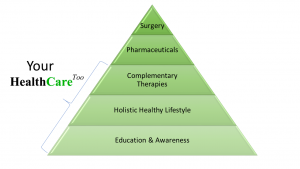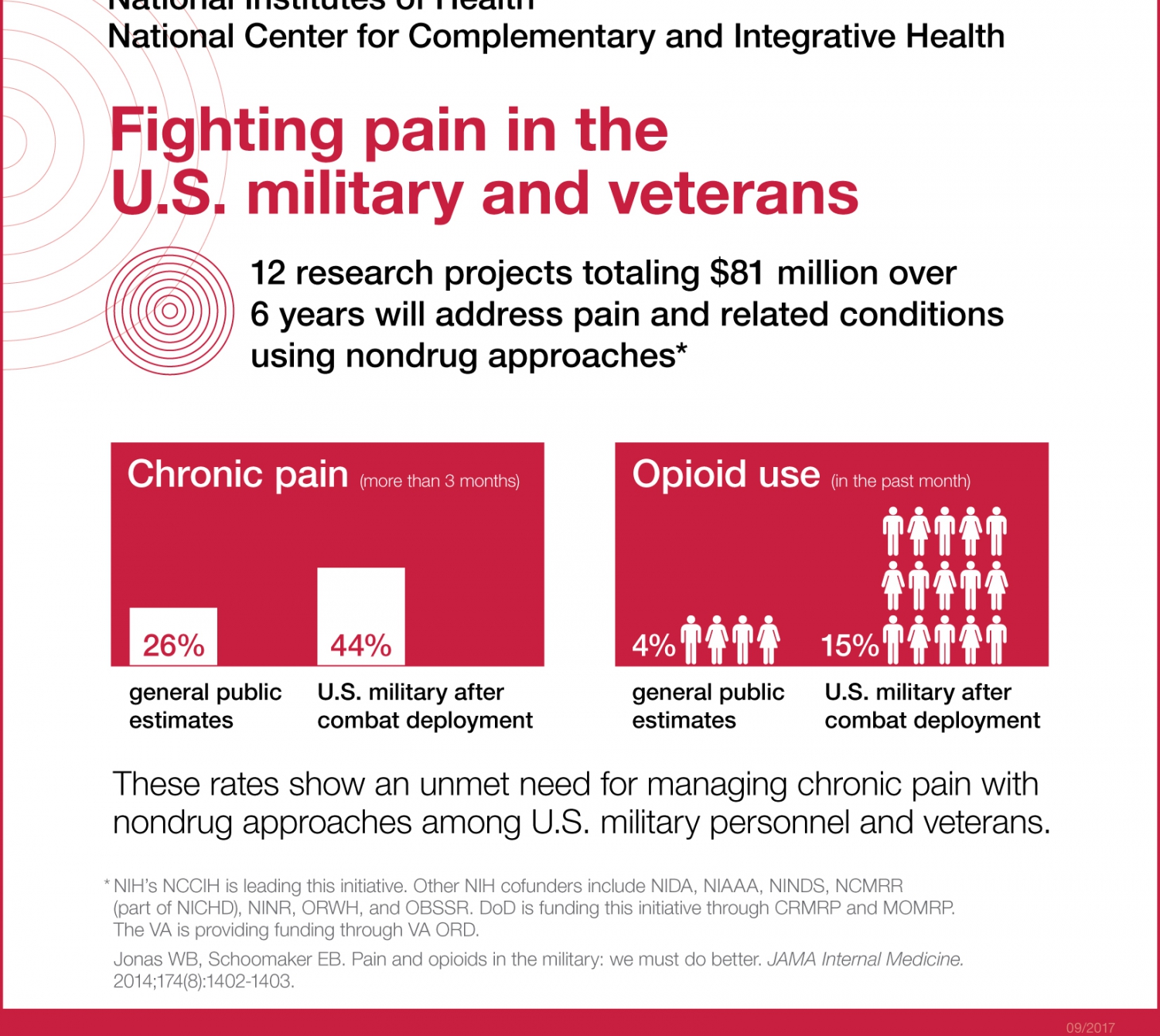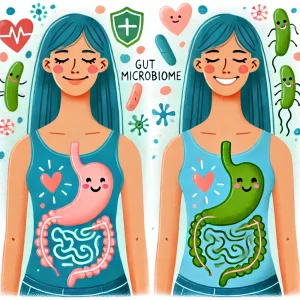 Nondrug Pain Management
Nondrug Pain Management
The U.S. military and VA often lead the way for complementary therapies. The referenced article looks at nondrug pain management research for chronic pain.
U.S. agencies partner on research that focuses on nondrug approaches for pain management in military personnel and veterans; NCCIH is the lead for this multi-agency initiative.Studies report nearly 45 percent of soldiers and 50 percent of veterans experience pain on a regular basis, and there is significant overlap among chronic pain, post-traumatic stress disorder (PTSD), and persistent post-concussive symptoms. Data from the National Health Interview Survey shows that American veterans experience a higher prevalence of pain and more severe pain than nonveterans. Although opioids are often prescribed to treat chronic pain, research has not shown them to be very effective, and there are many issues with long-term use. Thus, there is a need for nondrug approaches to complement current strategies for pain management and to reduce the need for, and hazards of, excessive reliance on opioids.
“Pain is the most common medical condition requiring treatment for military personnel. Current drug treatments have limited efficacy and are often associated with severe adverse events, significant cognitive and physiological side effects, and pose a significant risk of abuse, misuse, addiction, tolerance, and diversion. The proposals funded under this interagency partnership will provide a significant step forward in pain management in our wounded service members. We are pleased to be working with our interagency partners in driving changes to clinical practice that will impact the military, our veterans, and the Nation as a whole,” said Dr. George Ludwig, principal assistant for research and technology, U.S. Army Medical Research and Materiel Command (USAMRMC).
Source: Federal agencies partner for military and veteran pain management research
Time for Holistic Health
Starting with nondrug pain management makes so much sense. Obviously, in acute situations there is every reason to manage pain with drugs. However, so many chronic conditions go the drug route without trying more holistic approaches. The current opioid crisis in the US is an unfortunate example of this. In our model, we see all therapies working together… as necessary. Less-invasive, less-risky, lower-cost options are available. Consumers should demand them. Providers should gladly integrate them. Payers should eagerly pay for them.
Our Model

The HealthCare Too model provides for a holistic approach to health. We look for articles and knowledge to help consumers and their care teams make holistic health decisions and also shop for the best deals in holistic health so you can find them here! We appreciate the value of surgery and pharmaceuticals but want to make more pathways available for your HealthCare Too. See our model for Holistic Health for more information!
Shop HealthCare Too for items to help you with pain management.
[adinserter block=”1″]




